An extremely sophisticated analyzer unlocks the secrets of the nanoworld. A single device examines particle size, zeta potential, and molecular weight—the three characteristics that define nanoparticles.
Research and development in nanotechnology are ongoing endeavors to manipulate materials at the atomic and molecular level to create new and improved materials and goods. Component miniaturization, or nano-level control, is required to create devices and services that operate faster and more efficiently using less energy.
Food, cosmetics, and the life sciences are just a few of the many industries that have seen significant advancements thanks to nanotechnology.
- Straightforward multi-parameter nanoparticle analysis
- High-sensitivity, high-accuracy analysis of every measurement parameter is provided by three analyzers housed in a single small body
Features
Particle Size Measurement Range 0.3 nm to 10 µm
The SZ-100V2 Series uses dynamic light scattering (DLS) to determine particle size and particle distribution width.
Examination of a broad spectrum of sample concentrations: It is feasible to measure samples with concentrations as low as ppm-order and as high as double-digit percentages. Accepts sample cells that are sold commercially. Small-volume sample analysis is also feasible.
Zeta Potential Measurement – 500 to + 500 mV
Microelectrophoresis cells produced by HORIBA are used to analyze sample quantities as small as 100 μL. Dispersion stability can be predicted and managed using the zeta potential value. A steady dispersion is indicated by high zeta potential magnitudes, which is helpful for formulation work.
Molecular Weight 1 × 103 to 2 × 107 Da
Static light scattering measurement as a function of sample concentration and the creation of Debye plots are used to determine the absolute molecular weight (Mw) and the second virial coefficient (A2).
The SZ-100V2 Series Applies Sophisticated Intelligence and Learning Capability to Rapidly Determine Nanoparticle Properties
- The SZ-100V2 Series analyzer almost eliminates sample dilution and other preprocessing because it measures a wide range of sample concentrations
- Low-concentration proteins and polymers, as well as high-concentration samples like slurry and ink pigments, can be measured with a dual optical system
- The three characteristics of nanoparticles—particle size, zeta potential, and molecular weight—are examined by a single apparatus
- HORIBA-developed zeta potential measuring cells help to prevent sample contamination. Ultra-micro-volume dedicated cells allow for simple analysis with volumes as little as 100 μL. Suitable for analyzing dilute samples
- HORIBA-developed electrode for zeta potential cell made of carbon material that is not damaged by high salt solutions such as saline
Specifications
SZ-100-S2 Measurement Specifications. Source: HORIBA
| |
|
| Model |
SZ-100-S2 (particle size and molecular weight measurement only) |
| Measurement principles |
Particle size measurement: Dynamic Light Scattering
Molecular weight measurement: Debye plot method (static scattered light intensity) |
| Measurement range |
Particle size: 0.3 nm to 10 μm
Molecular weight: 1000 to 2 x 107 Da (Debye plot)
540 to 2 x 107 Da (MHS Equation)*1 |
| Maximum sample concentration |
40 wt%*2 |
| Particle size measurement accuracy |
Measurement accuracy of ±2% for NIST traceable polystyrene latex
100 nm spheres (not including variation in the standard particles themselves) |
| Measurement angles |
90° and 173° (automatic or manual selection) |
| Cells |
Cuvettes |
| Measurement time |
Approx. 2 min. under ordinary conditions
(from the start of measurement to the display of results for particle size measurement) |
| Required sample volume |
Minimum volume of 12 μL*3 to 1000 μL (differs depending on cell material) |
| Usable liquids |
Water, ethanol, organic solvents |
*1: Mark-Howink-Sakurada Equation, depending on sample.
*2: Depending on sample.
*3: F Micro-cell.
SZ-100-Z2 Measurement Specifications (Particle size and molecular weight measurement specifications are the same as for the SZ-100-S2.). Source: HORIBA
| |
|
| Model |
SZ-100-Z2 (with zeta potential measurement unit) |
| Measurement principle |
Zeta potential measurement: Laser Doppler electrophoresis |
| Measurement range |
-500 to +500 mV |
| Size range suitable for measurement |
Minimum 2.0 nm, Maximum 100 μm*4 |
| Measurement conductivity range |
0 to 20 S/m*5 |
| Maximum sample concentration |
40 wt%*6 |
| Cells |
Dedicated cell with electrodes |
| Measurement time |
Approx. 2 min. under ordinary conditions |
| Required sample volume |
100 μL |
| Carrier fluids |
Water |
*4: Depending on sample.
*5: Recommended sample conductivity range: 0 to 2 S/m.
*6: Depending on sample.
Analyzer Specifications (SZ-100-S2 and SZ-100-Z2). Source: HORIBA
| |
|
| Measuring unit optical system |
Light source: Diode pumped frequency doubled laser (532 nm, S2 / Z2 10 mW, HS2 / HZ2 100 mW)
Detectors: Photomultiplier tubes (PMT) |
| Laser classification |
Class I |
| Operating temperature and humidity |
15 - 35 °C, RH 85% or less (no condensing) |
| Holder temperature control temperature settings |
0 - 90 °C (up to 70 °C for cells with electrodes and plastic cells) |
| Purging |
Dry gas purge port tube connection is possible. |
| Power supply |
AC 100 - 240 V, 50/60 Hz, 150 VA |
| Dimensions |
528 (W) x 385 (D) x 273 (H) mm (excluding protrusions) |
| Weight |
25 kg |
| Personal computer |
Windows computer with one available USB port |
| Interface |
USB 2.0 (between measuring unit and PC) |
| OS |
Windows® 10 64-bit and Windows® 11 64-bit |
Dimensions

Image Credit: HORIBA
Accessories
Particle Size Cells
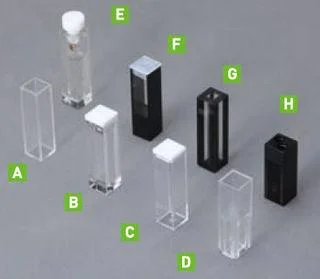
Image Credit: HORIBA
Source: HORIBA
| |
Cell name |
Min volume |
Solvent |
| A |
Disposable cell |
1.2 mL |
Aqueous |
| B |
Semi-micro cell |
500 µL |
Aqueous, non-aqueous |
| C |
Glass cell |
1.2 mL |
Aqueous, non-aqueous |
| D |
Semi-micro disposable cell |
600 µL |
Aqueous |
| E |
Cell with lid |
1.2 mL |
Aqueous, non-aqueous |
| F |
Micro cell (90° only) |
12 µL |
Aqueous, non-aqueous |
| G |
Sub-micro cell |
200 µL |
Aqueous, non-aqueous |
| H |
Flow cell |
100 µL |
Aqueous, non-aqueous |
Zeta Potential Cells
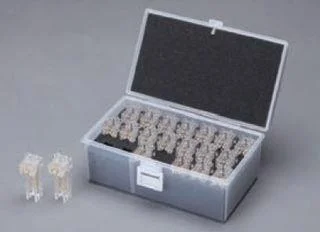
Disposable zeta potential cells for aqueous measurements. Box of 20 Volume = 100 µL. Image Credit: HORIBA
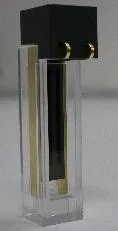
Non-aquoeus zeta potential cell. Volume = 100 µL. Image Credit: HORIBA
Applications
Zeta Potential of Proteins
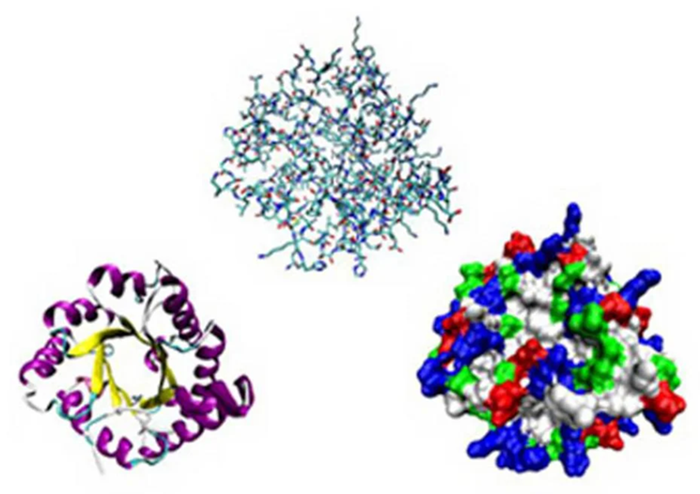
Image Credit: HORIBA
Offers data from the SZ-100 employing cells with unique, patented carbon-coated electrodes that allow for zeta potential measurements of proteins.
Zeta Potential of Polyelectrolytes
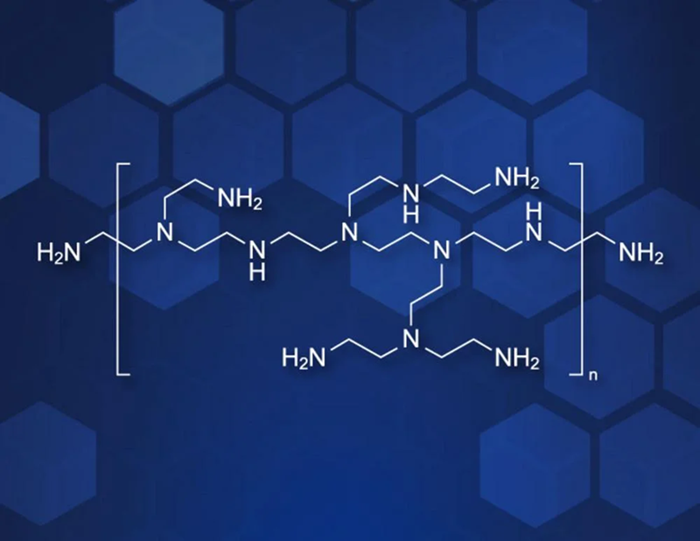
Image Credit: HORIBA
The zeta potential of polyethylenimine, PEI, is determined as a function of polymer concentration using the SZ-100 Nanoparticle Analyzer. The SZ-100 can study charged polymers, often known as polyelectrolytes.
Zeta Potential of Clay for Wastewater Treatment

Image Credit: HORIBA
The effect of coagulant choice and concentration on the treatment of suspended clays is analyzed.
DLS vs. Diffraction of Flavor Emulsions
The particle size distribution of flavor emulsions plays a critical role in their overall performance, influencing factors such as mouthfeel, visual appearance, and emulsion stability.
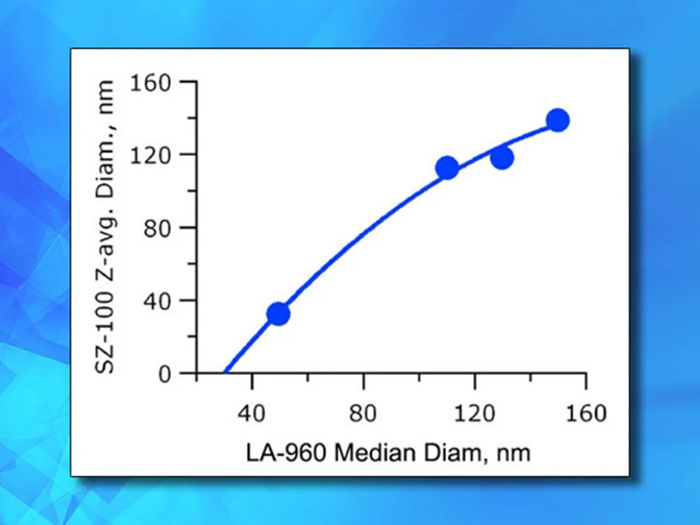
Image Credit: HORIBA
Wastewater Treatment Optimization with Zeta Potential
Suspended solids are a common impurity in wastewater generated by industrial and mining activities. To improve water clarity, these solids are typically removed through settling. The efficiency of this process largely depends on particle size—larger particles settle more quickly. Therefore, promoting particle aggregation can significantly reduce settling time, making the treatment process faster and more cost-effective.

Image Credit: HORIBA
Sizing Silica Particles by DLS

Image Credit: HORIBA
The particle sizes of two distinct silica dispersions are examined to illustrate the usefulness of the SZ-100 for both suppliers and users of such products.
Nanoparticle Analysis
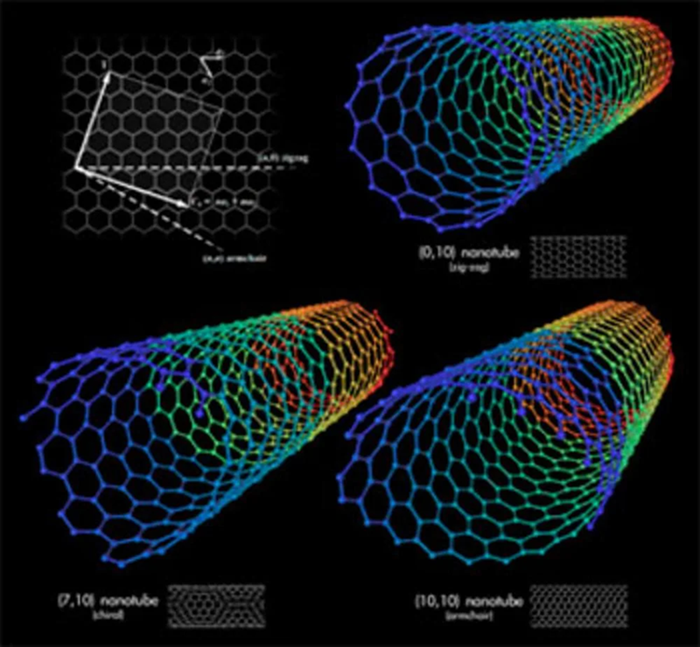
Image Credit: HORIBA
Nanotechnology is incredibly diverse, from innovative expansions of traditional device physics to new strategies based on molecular self-assembly and the creation of new materials with nanoscale dimensions. Nanoscale materials can exhibit distinct features from their macroscale counterparts, opening up new possibilities.
Metal Nanoparticle Size and Surface Charge (Zeta Potential)
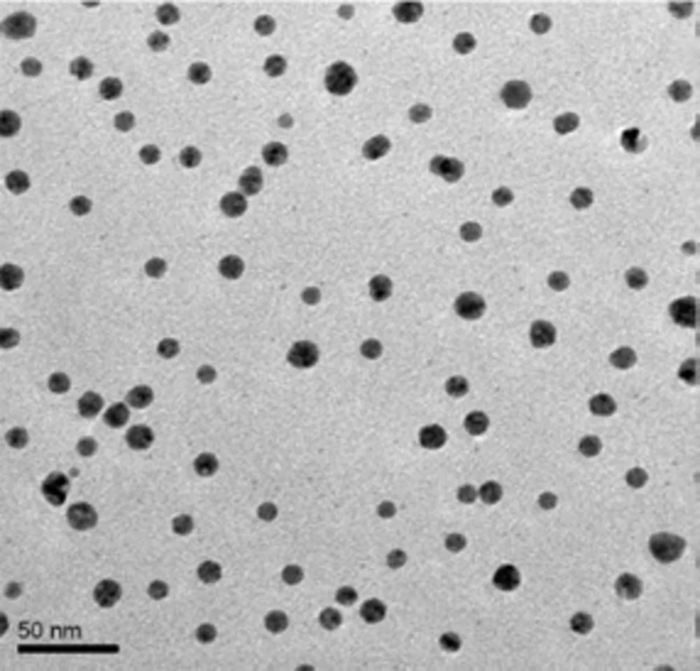
Image Credit: HORIBA
Colloidal metal, another name for metal nanoparticles, has been present for a very long time. Applications for both pure metal and metal oxide colloids are numerous and include biological markers, ferrofluids, catalysts, and many more. These suspensions' zeta potential and particle size are important physical characteristics that impact stability and usefulness.
Protein Aggregation and Size Analysis
Research on protein aggregation covers a wide variety of interactions and mechanisms. With its exceptional capacity to measure between 10 nanometers and 5 millimeters, the LA-960 laser diffraction particle size analyzer can precisely identify aggregates and, in certain situations, the primary protein size.
Titanium Dioxide Particle Size
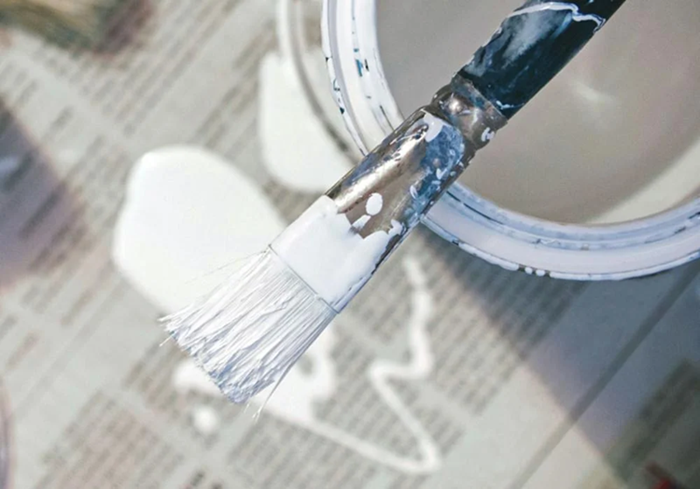
Image Credit: HORIBA
Paints and numerous other uses employ titanium dioxide (TiO2) as a pigment. Titanium dioxide's effectiveness in many applications is strongly impacted by its particle size, making monitoring and control of this crucial characteristic necessary.
Viruses and Virus-Like Particles
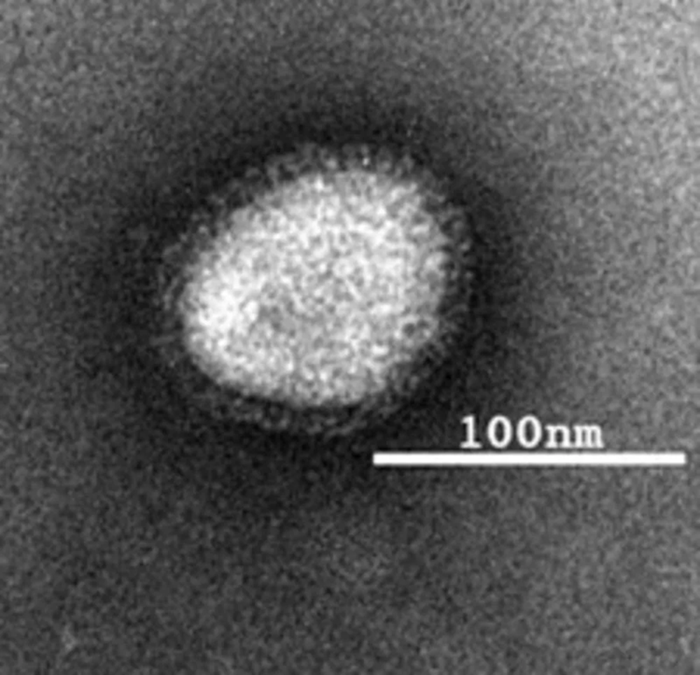
Image Credit: HORIBA
A virus particle comprises an envelope of lipids that surrounds the protein coat outside a cell, the genetic material (DNA or RNA), and a protein coat that shields these genes.
Particle Analysis for Cosmetics

Image Credit: HORIBA
Many cosmetic products contain particle matter or emulsions. Particulate-containing cosmetic items include face powders, moisturizers, and lipstick. The particle size distribution of these components affects appearance, stability, and protection.